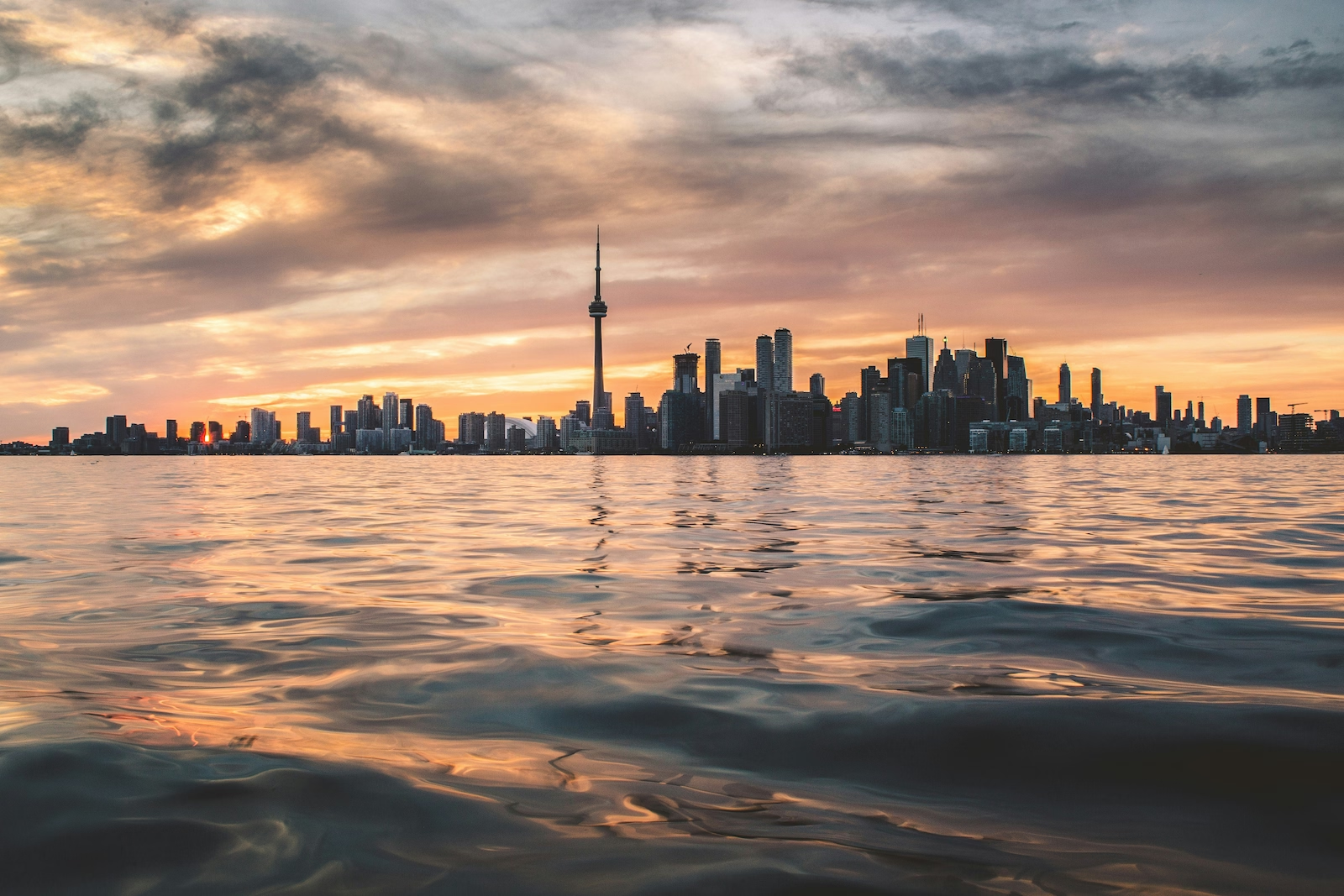If you love wine and don’t mind a few winding roads, the Douro Valley in northern Portugal should be high on your list. It’s pretty well-known for its terraced vineyards and famous Port wine, as well as being a UNESCO-listed region. You don’t need to be a sommelier to enjoy it, just someone who appreciates a good glass with a great view. Read on for our Douro Valley travel guide.
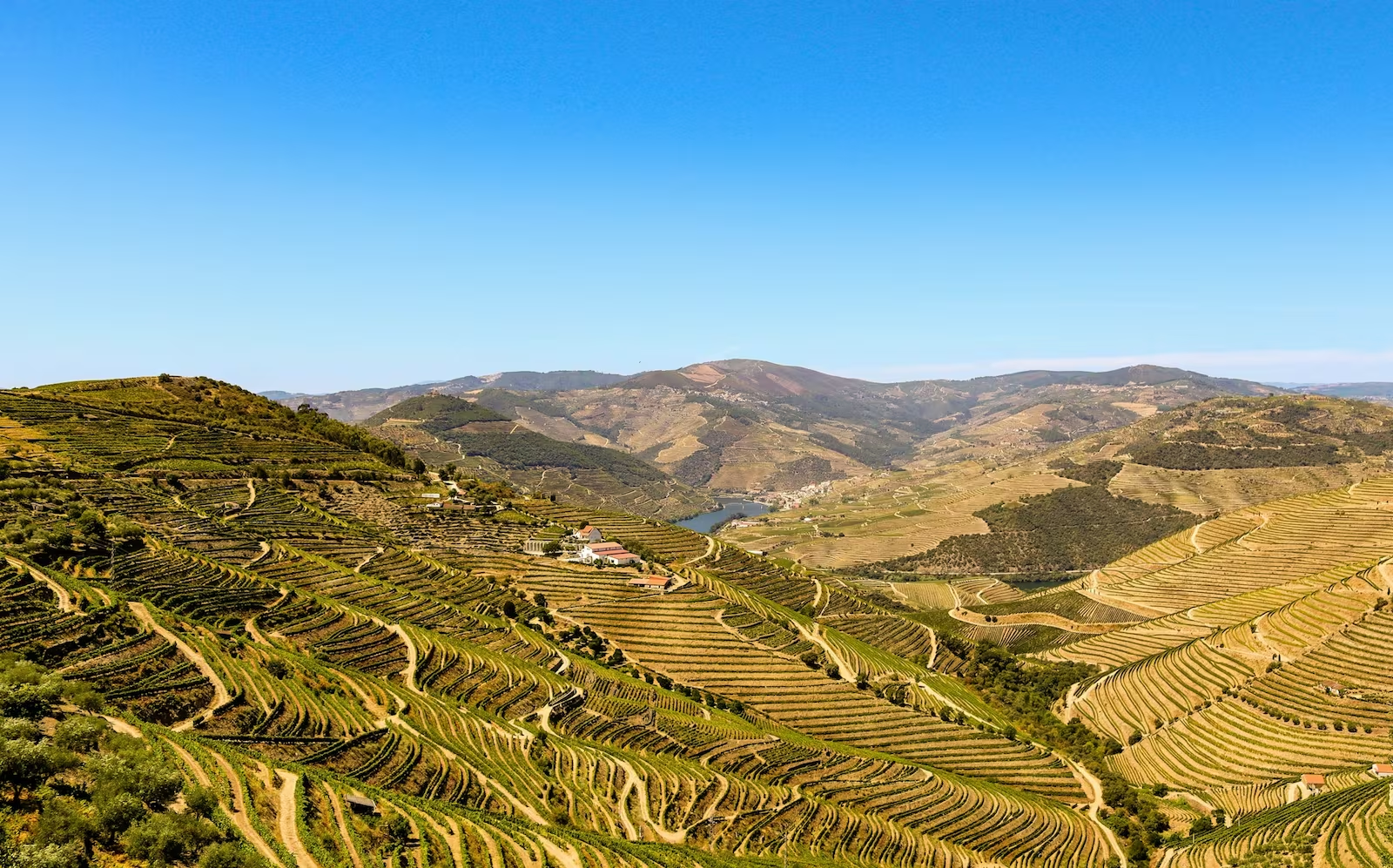
The Douro Valley wine scene is one of Europe’s oldest, and arguably one of its most beautiful. The Douro River carves through hills covered in vineyards that have been producing wine for over 2,000 years. Rustic villages, family-run estates, and slow riverside lunches with local reds. It’s not flashy, and that’s the point.
Why is Douro Valley wine so special?
This region is best known for Port, but there’s much more to try.
Touriga Nacional and Tinta Roriz might not be household names, but they’re behind the bold red blends grown on impossibly steep hillsides. Many quintas (wine estates) have been family-run for generations and welcome visitors for tours, tastings, and even overnight stays.
You’ll find traditional foot-stomping grape presses still in use at some vineyards, alongside modern cellars that produce award-winning wines.
Some places focus on small-batch reds, others on white and rosé, and most offer both still wines and Port tastings. The winemakers are usually around to chat, and the atmosphere is casual, not scripted.
If you’re new to Portuguese wine, don’t worry: you’ll leave with a better understanding (and possibly a suitcase full of bottles?).
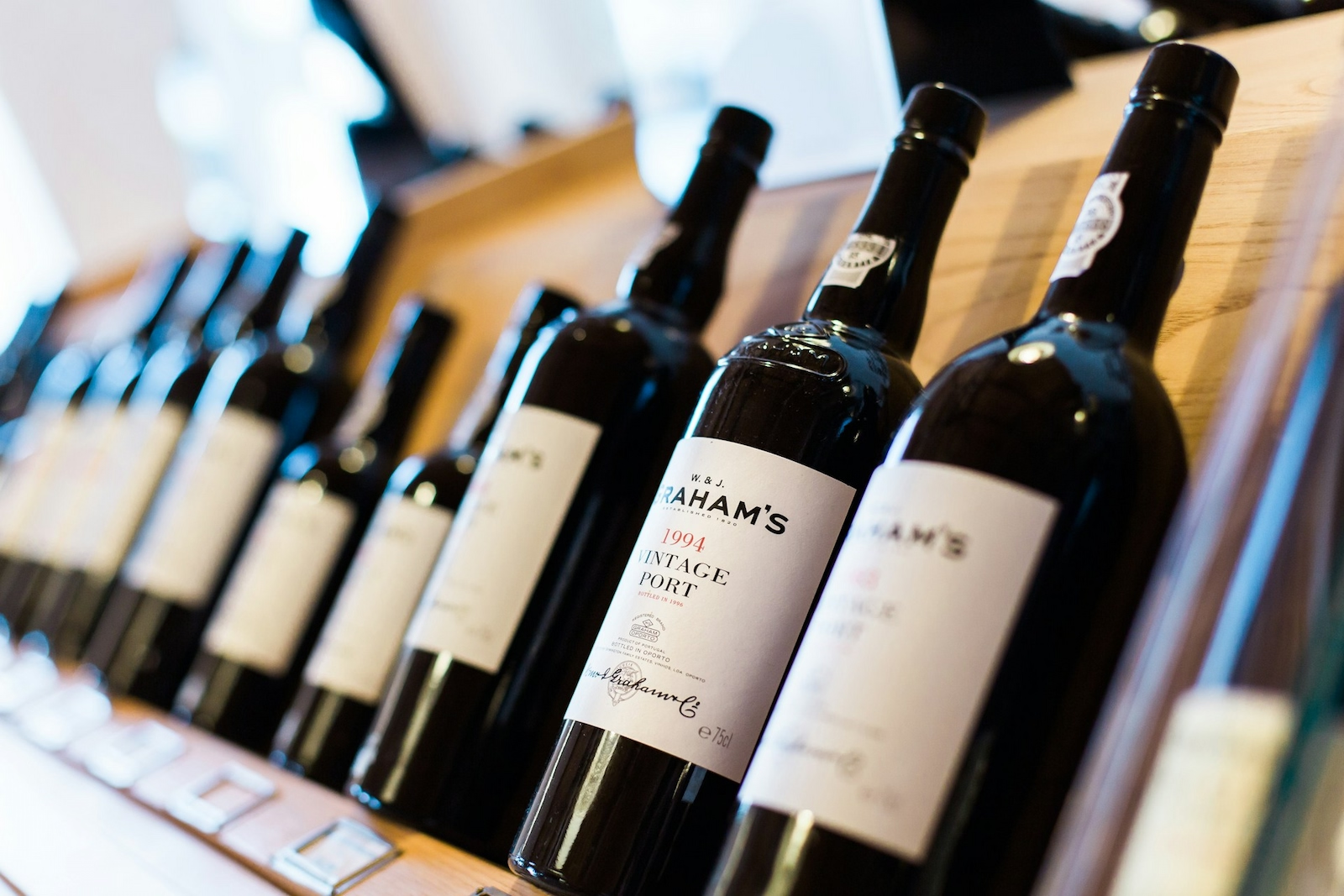
Planning wine tasting in the Douro Valley
You can drive, take a train, or book a river cruise, but no matter how you get there, wine tasting Douro Valley-style means slowing down.
Many vineyards require appointments, especially the smaller, family-run ones. Others are open to drop-ins. Either way, call or email ahead if you want a full tasting experience.
Tastings usually include a flight of wines and a tour of the cellar or vineyard.
Costs are reasonable, ranging from €10 to €25, and often waived if you buy a bottle.
A lot of the best wine estates also serve food, from snacks to full meals.
If you’re not renting a car (or don’t want to risk driving after a few pours), you can arrange guided wine tours from Porto or Peso da Régua. These include transportation and tastings at several estates, often with a stop at scenic viewpoints. It’s a good way to sample without overthinking logistics.
How to get from Porto to Douro Valley
Most visitors start their journey in Porto, the city famous for giving Port its name. The drive from Porto to Douro Valley takes around 1.5 to 2 hours, depending on where you’re heading. The roads get narrower and twistier the deeper you go, but they also get more beautiful.
If you prefer public transport, there’s a scenic train that runs from Porto’s São Bento or Campanhã stations to Peso da Régua or Pinhão. It follows the river and gives you front-row views of the valley. It’s one of Europe’s most underrated train rides, and it drops you right in the heart of wine country.
River cruises are another option, with day trips or overnight journeys from Porto. They’re slower but ideal if you just want to sip wine and watch the hills roll by.
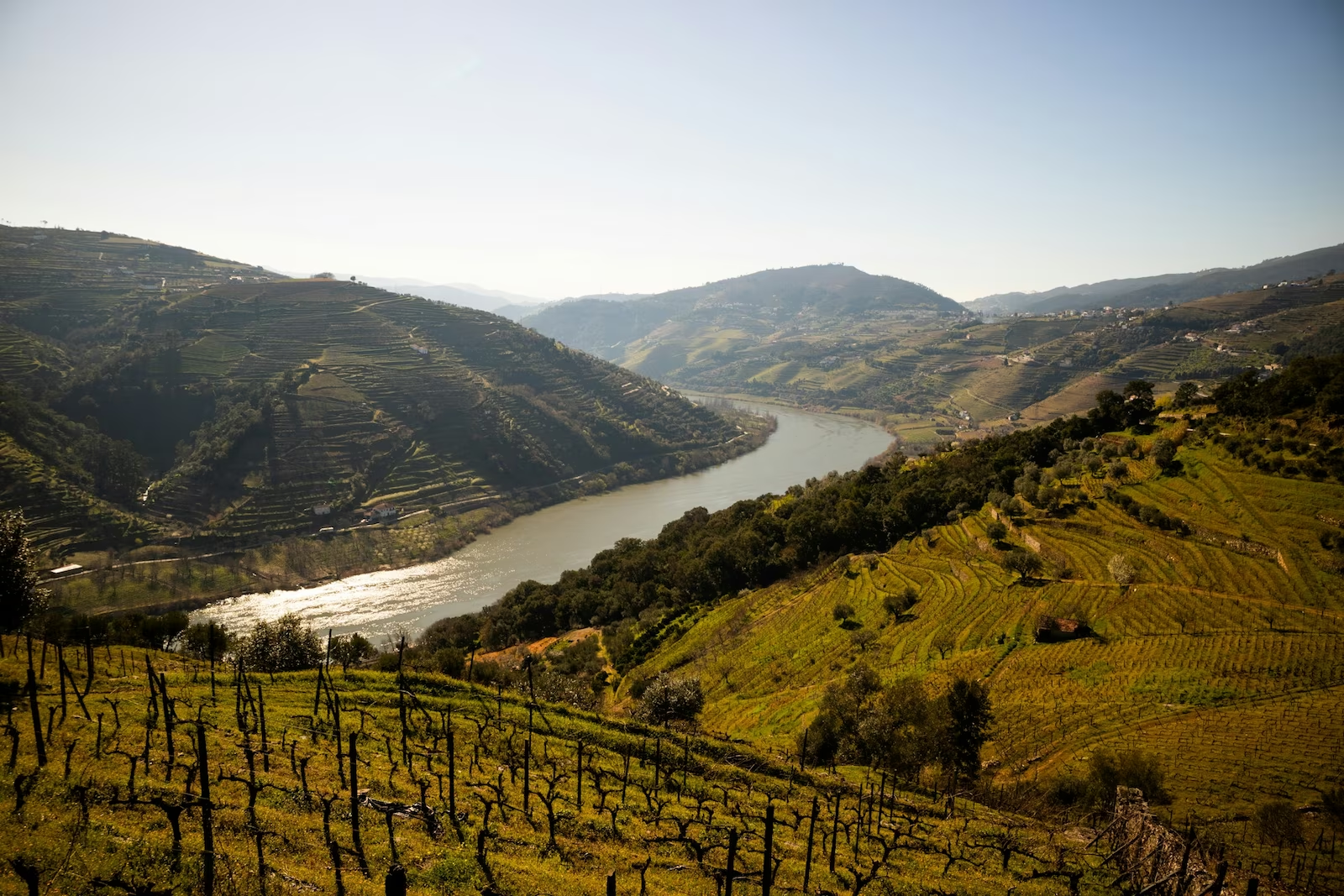
Navigating the Douro Valley wine map
The region stretches along the Douro River for about 100 kilometers, with key stops like Peso da Régua, Pinhão, and São João da Pesqueira. The Douro Valley wine map can seem a bit chaotic at first, but there are two main wine zones: Baixo Corgo (closest to Porto), Cima Corgo (middle and most famous), and Douro Superior (more remote and wild).
Some of the best-known quintas, like Quinta do Crasto, Quinta da Pacheca, and Quinta do Vallado, are in the Cima Corgo area. You’ll need a car or tour to hop between them, as public transit isn’t great once you’re in the valley.
GPS may help, but don’t be surprised if it gets confused by tiny farm roads.
The good news? Getting lost in the Douro often just means stumbling onto another great view or vineyard.
When to go and what to know
Late spring to early autumn is the best time to visit.
September is harvest time, ideal if you want to see grape-stomping in action or join a harvest festival. Summers get hot, but the vineyards are at their most photogenic. Autumn brings color to the hills. Winters are quiet, with some vineyards closing for the season, though others stay open year-round.
Accommodations range from vineyard stays to small inns and high-end boutique hotels. Booking in advance is smart, especially in high season.
And while English is widely spoken at many estates, brushing up on a few Portuguese words goes a long way.
The vibe here is relaxed. No one cares what you’re wearing or how much you know about tannins. The focus is on the wine, the land, and the people who make both come alive.
This corner of northern Portugal delivers more than great wine. It’s honest, beautiful, and easy to fall in love with – especially after your second glass. 🍷
Starting from Skratch? Here are some links to help you get started:

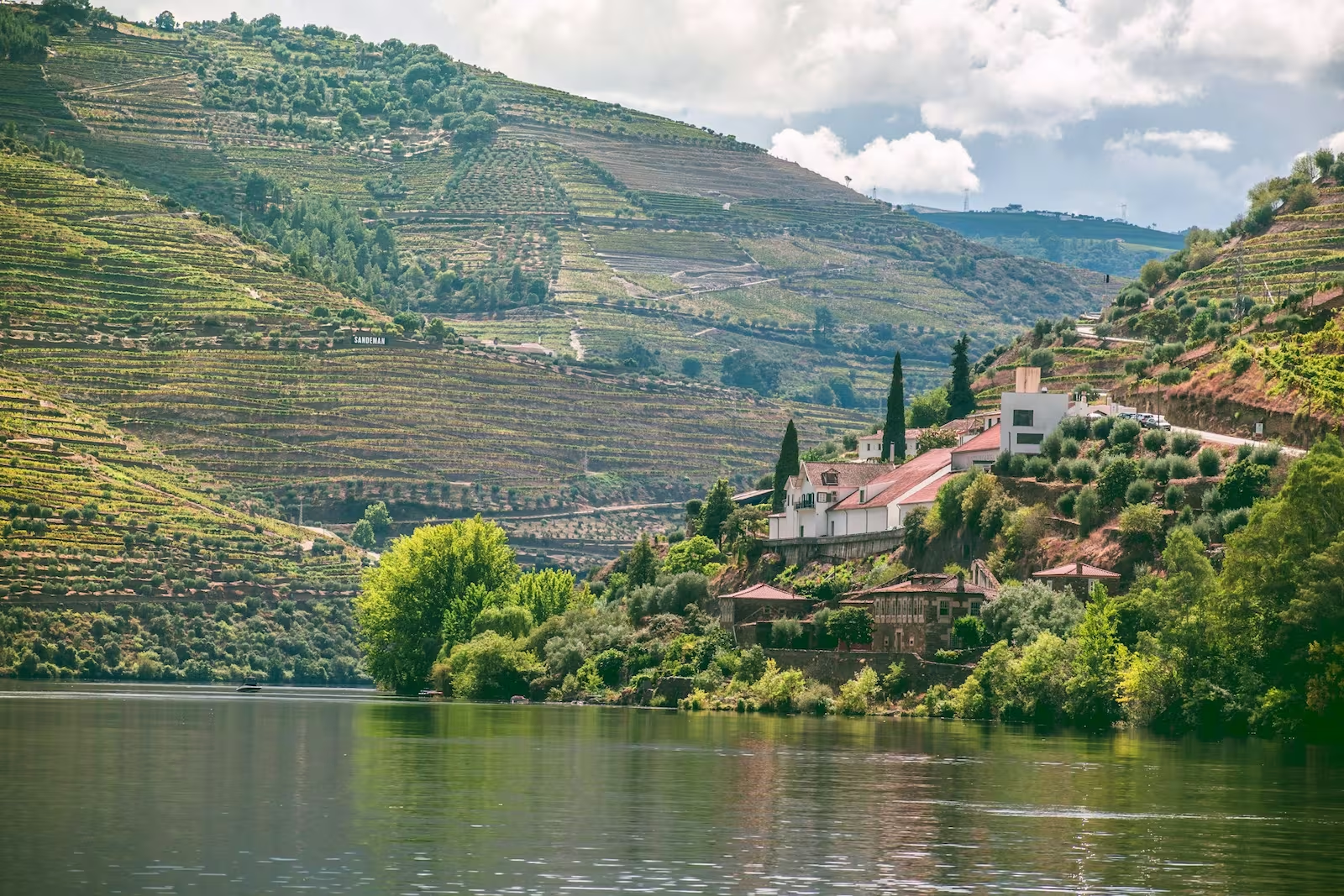




.avif)






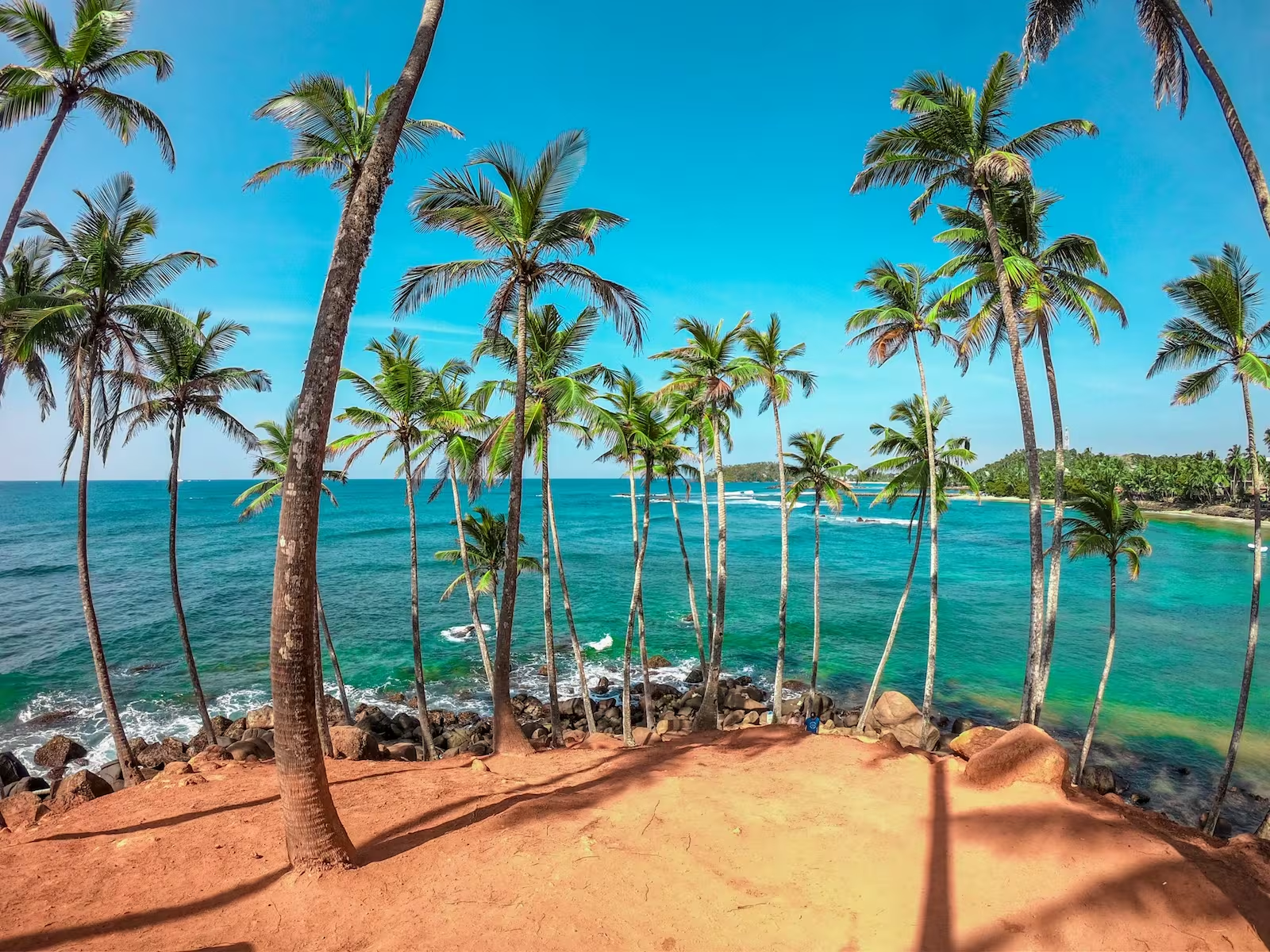
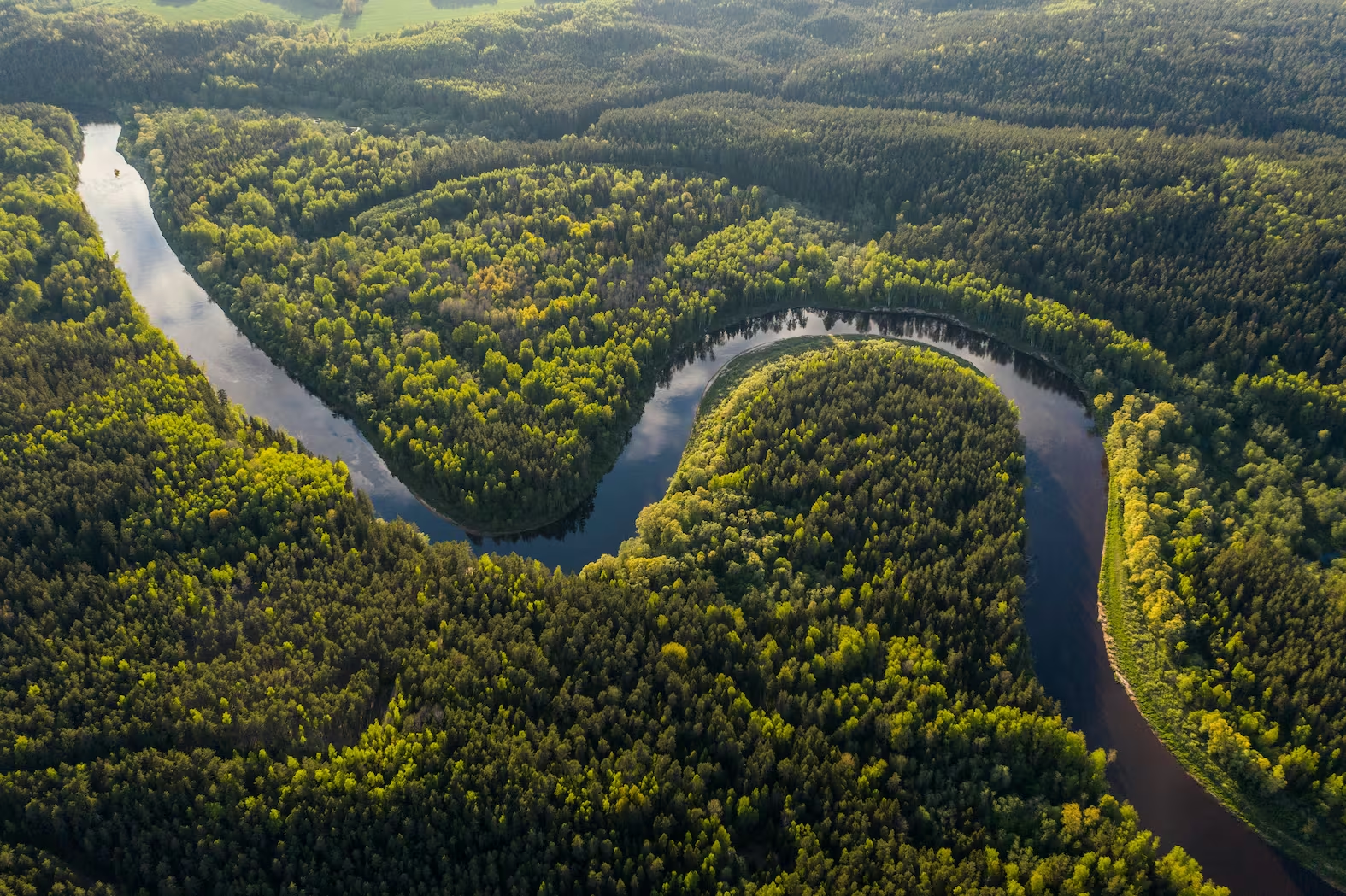
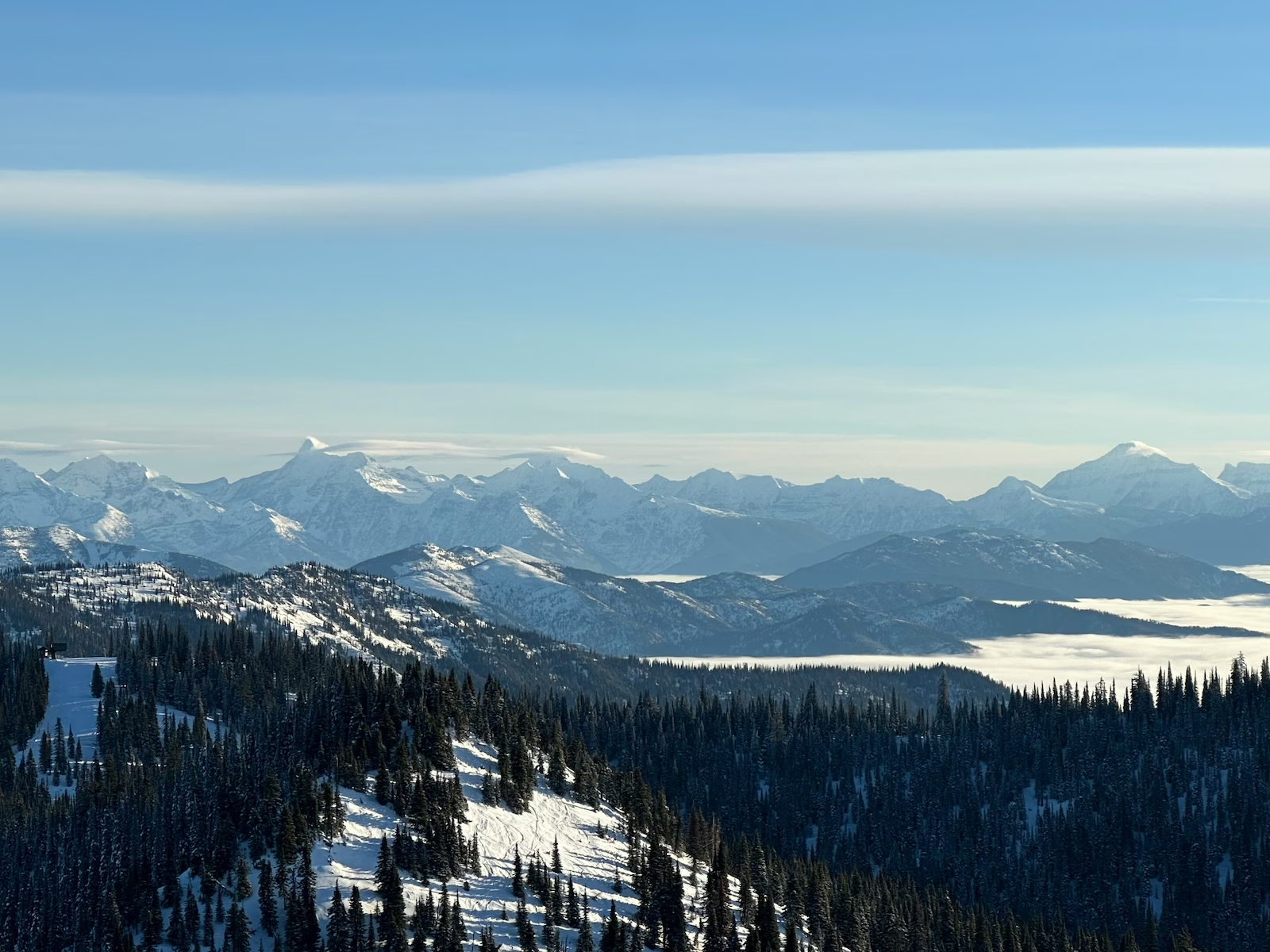
.jpg)
